ART AND DESIGN IN 2030:
THE FUTURE OF US
by Sophie Lucido Johnson (MFA 2017)
The art and design world is changing. Galleries are embracing online exhibitions alongside in-person shows; community-based art is taking on tremendous gravity; art and activism are merging in more powerful ways than ever before. As we look to the future, artists across genres and fields are thinking about ways in which art and design can be an agent for the kind of change that feels more important than ever.
We asked School of the Art Institute of Chicago (SAIC) professors and alums about what they imagine for the coming decade in their respective fields. There’s a lot to be optimistic about.
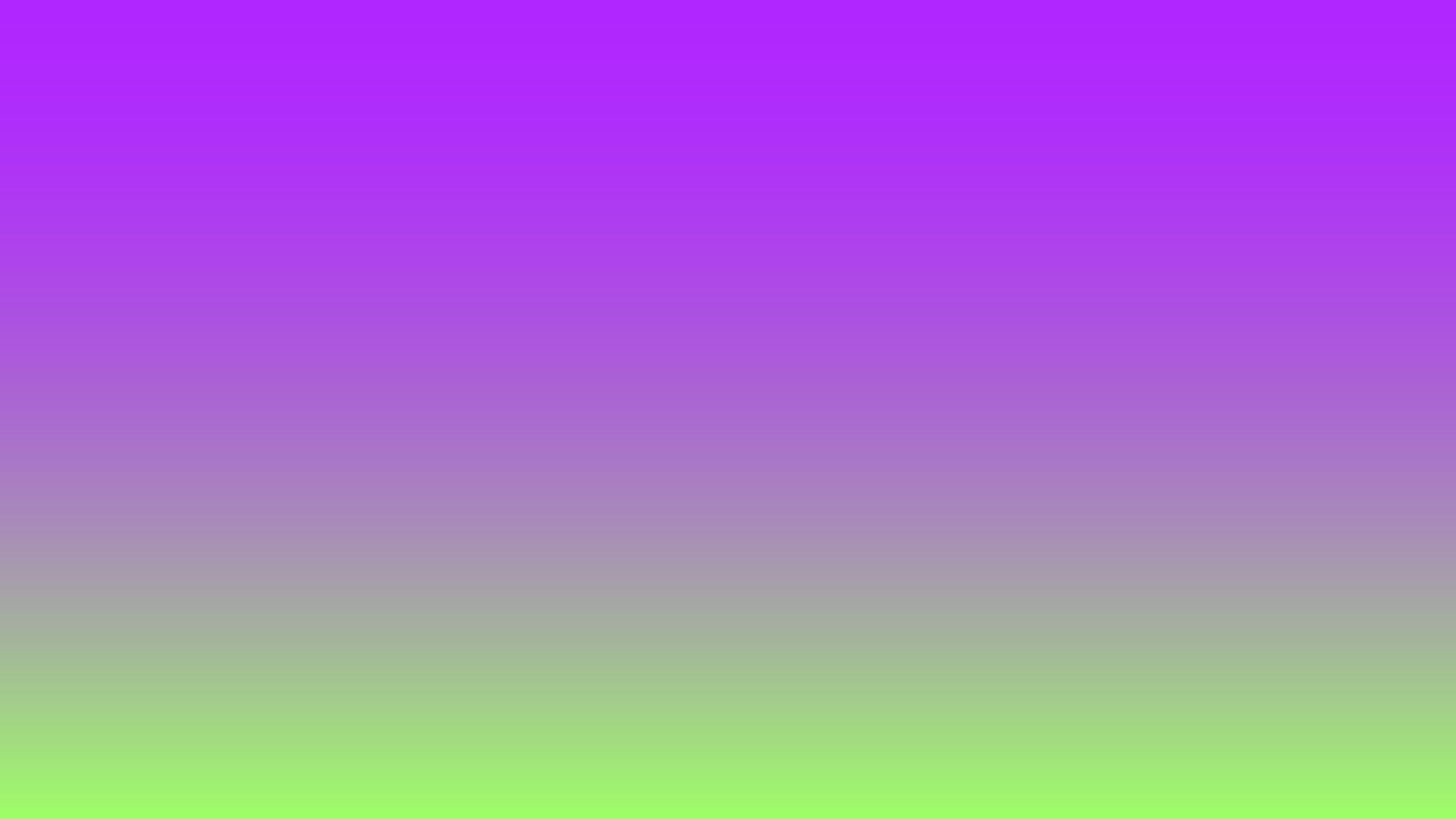
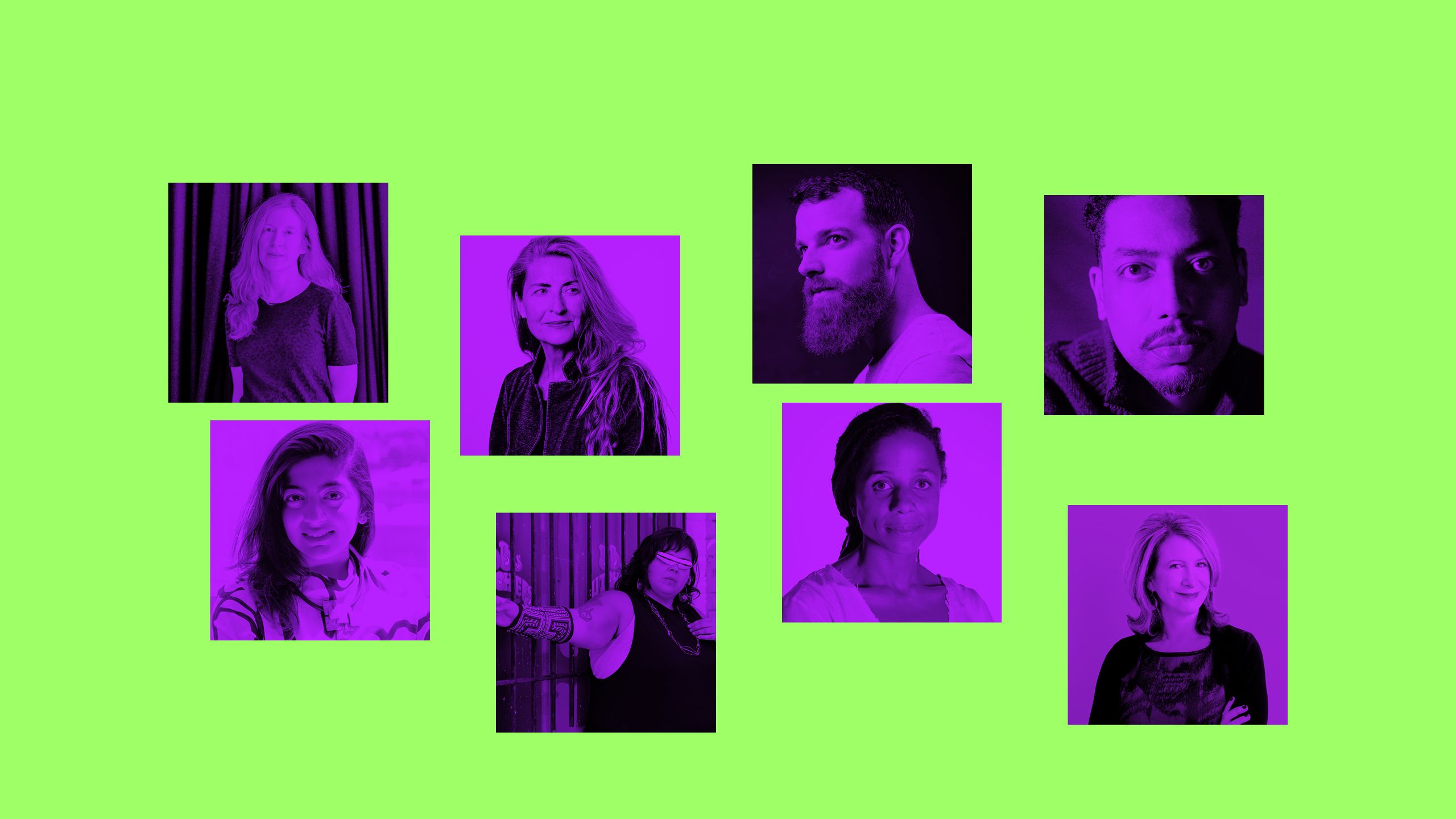
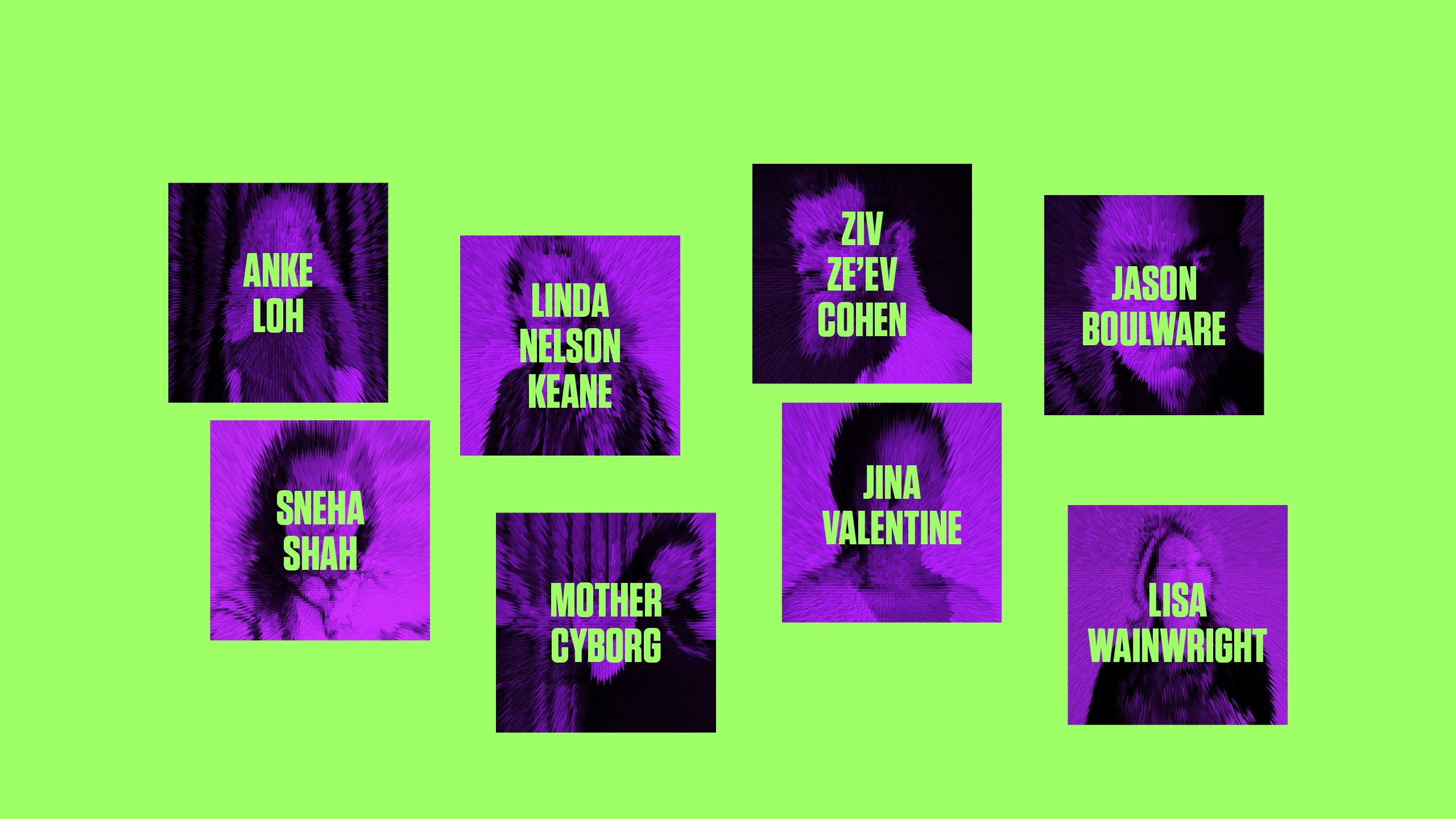
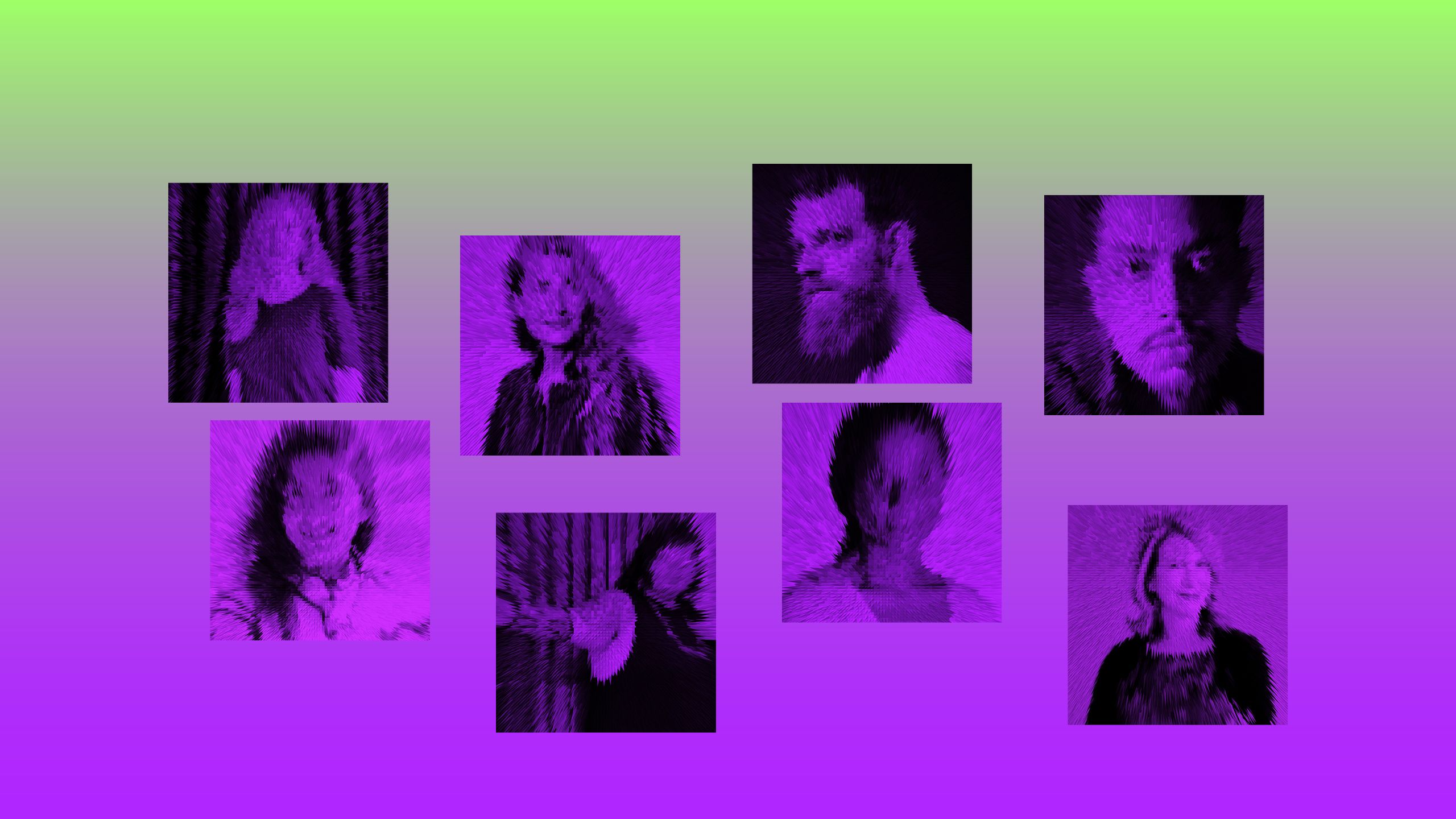
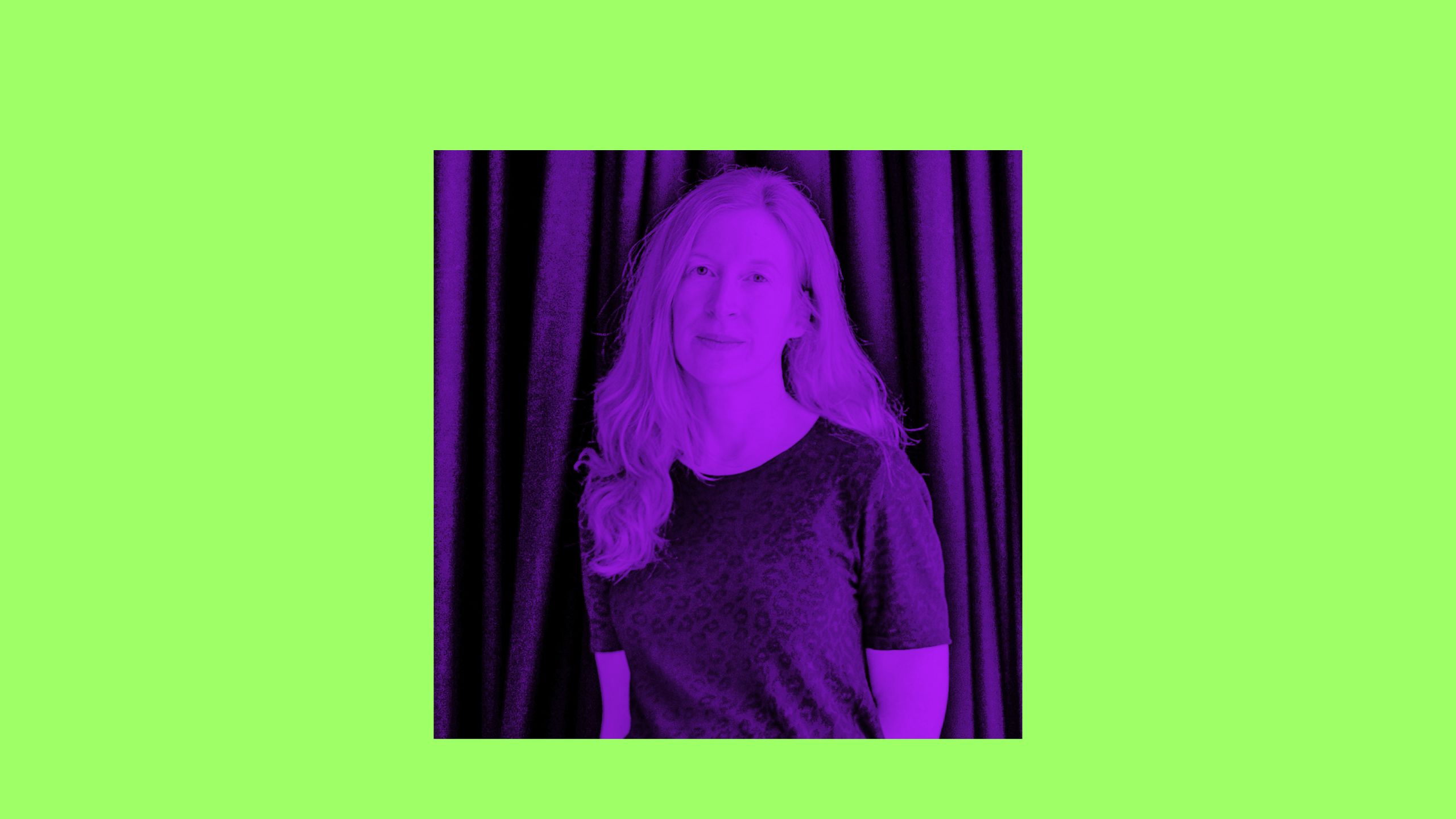
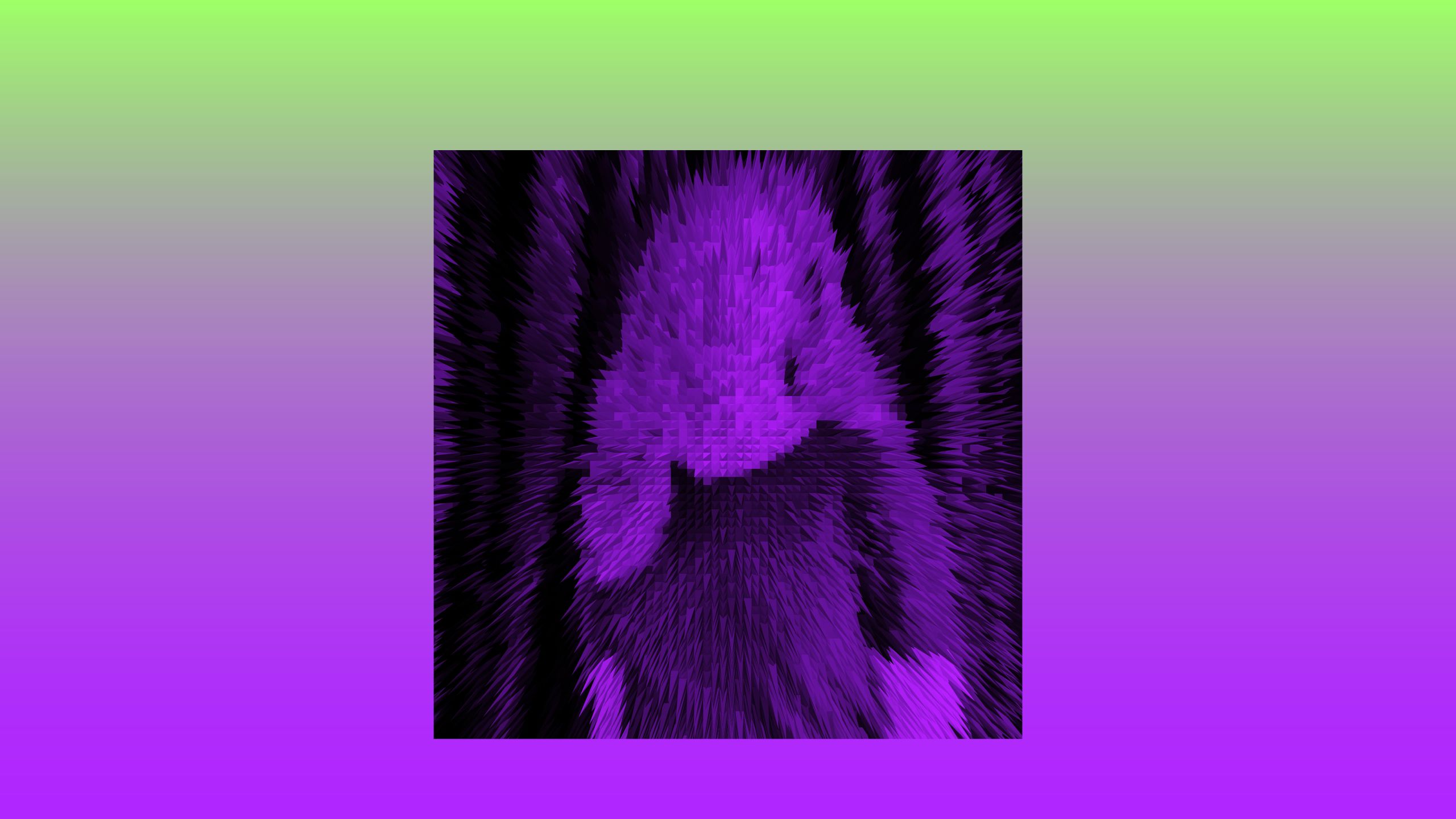
Lasting Fashion
Anke Loh
Associate Professor,
Fashion Design
I believe the two main factors driving the fashion industry’s evolution in the next decade will be sustainability and technology. We are aware of “fast fashion” and its negative impact on the environment, as well as the communities that live off this industry. From harmful dyes dumped into local rivers to unfair labor practices in garment factories, the industry must become part of the solution and not the problem. These discussions are taking place within today’s classrooms and design studios and among an emerging generation of students and designers who want to impact the planet in a positive way. This means we have to craft curriculums that expand our knowledge of cycles of production and consumption to better understand how we can create and consume fashion in a sustainable manner.
Technology will also play a key role, not only in how we purchase and wear fashion, but also in terms of engineering sustainable and “smart” materials, streamlining production processes to waste less and minimizing a product’s carbon footprint down to how it reaches the consumer. Designers can play a key role in bridging sustainable practices and technology because we are creative problem solvers at heart.
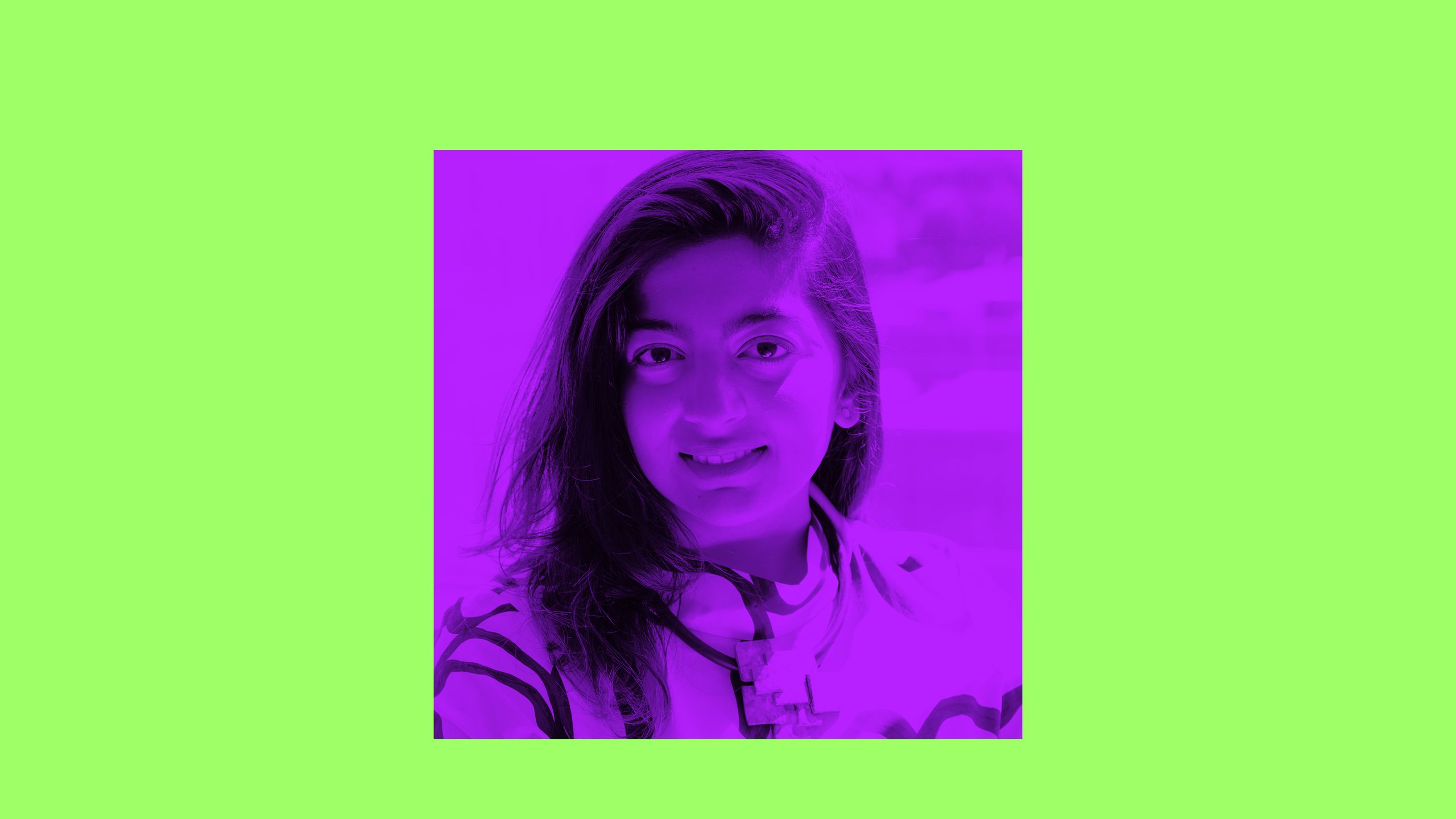
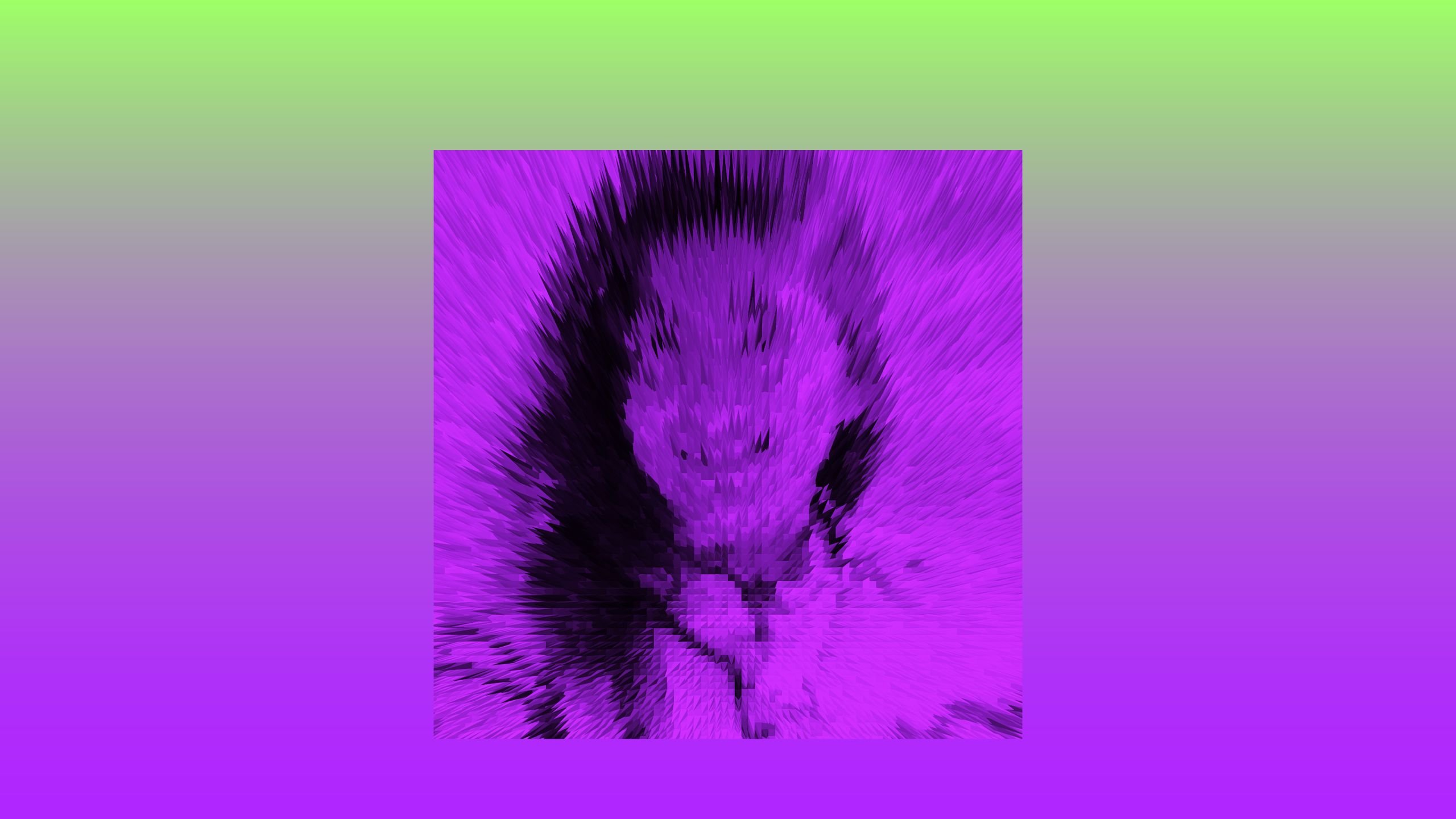
Data-Driven Curation
Sneha Shah (BFA 2015)
CEO, Curaty
The next decade is going to be an exciting period in curation. The role of the curator as an individual may be reconsidered altogether. In the last year, because of the pandemic, we witnessed a period of forced growth in technological experimentation and innovation that changed the ways we experience, collect, transact, and create artwork. We’ve seen a rise in participation and interest in immersive art experiences across extended reality (which includes mixed reality, virtual reality, and augmented reality), especially with the cryptoart, NFT, and metaverse movements.
Serious curatorial experiments are pushing the boundaries of these technologies. With pressure building up within institutions to attract younger audiences and diversify revenue streams, we’ve already seen a shift toward curatorial programs driven by audience feedback, ticket sales, and data-driven insights. Companies like mine are working to rethink institutional curation and make it more accessible. The competition, limitations, and relationship between data science–led algorithmic curation and individual-led curatorial practices is an area I’m personally invested in and one we have been studying, testing, and experimenting with at Curaty. I’m certain we’ll see more innovations along this vein.
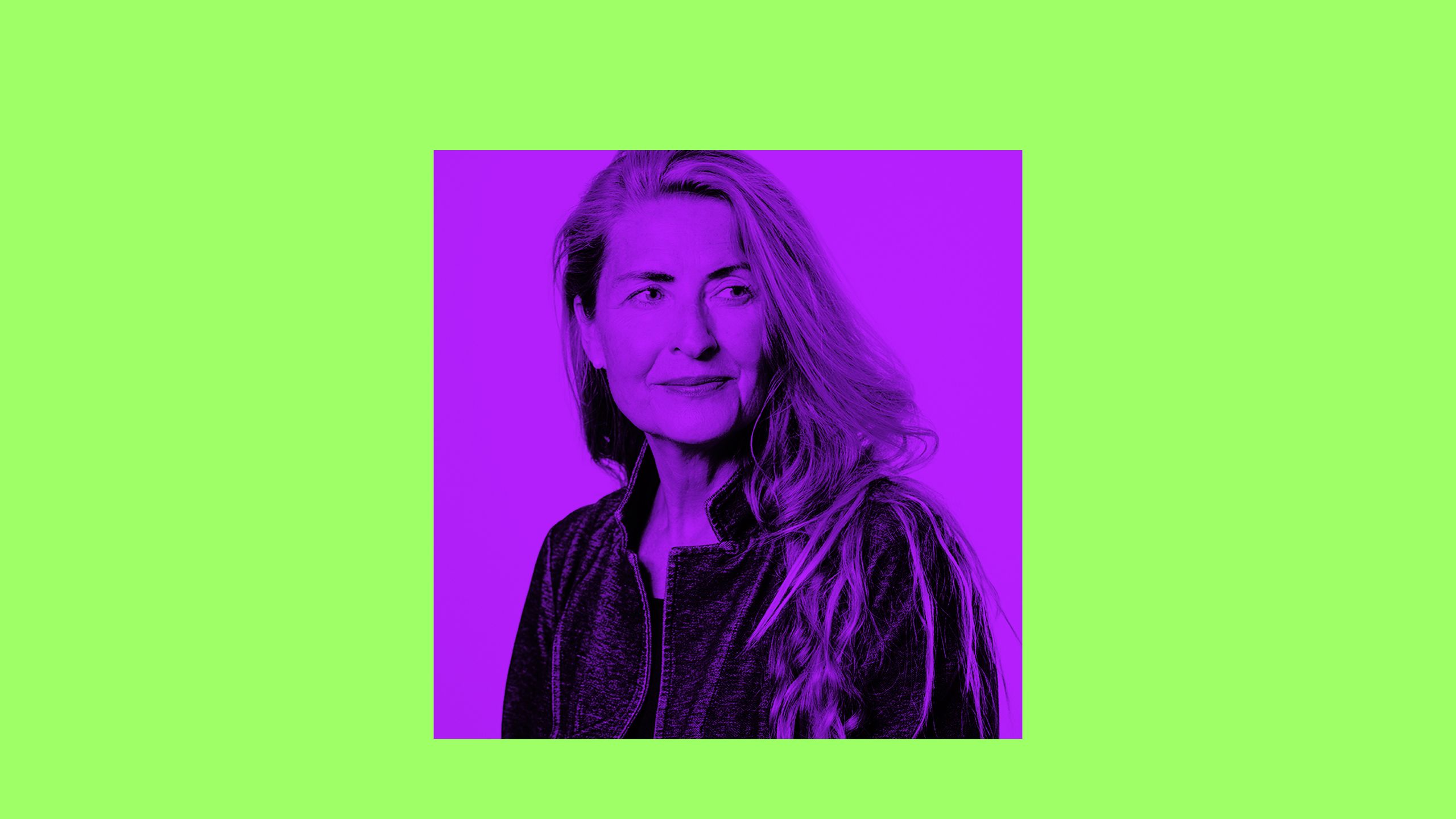
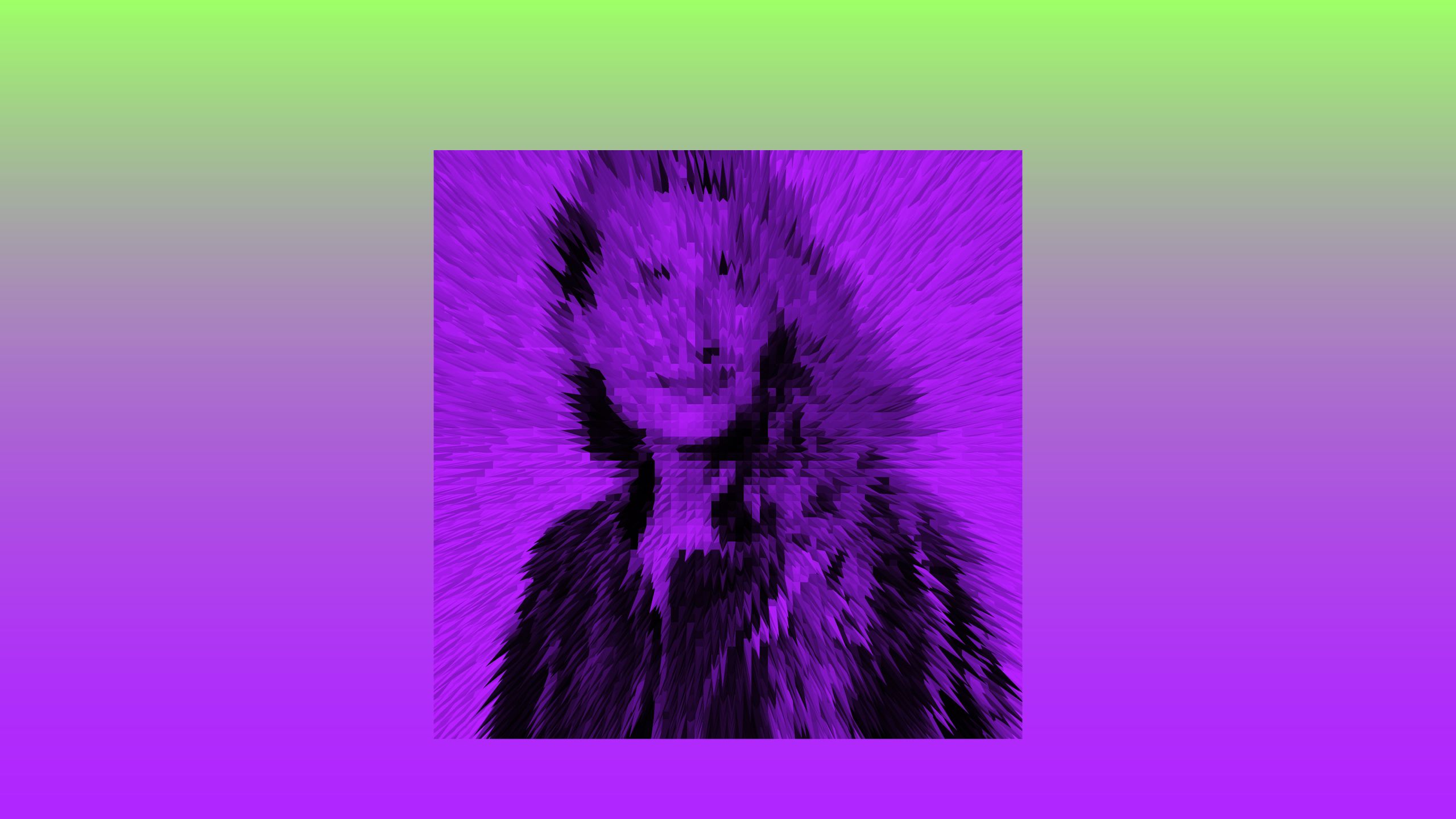
Designing for the Planet
Linda Nelson Keane
Professor, Architecture, Interior Architecture, and Designed Objects
I believe that architecture and design are maturing from the people, planet, profit mantra to one of connectivity, compassion, and creativity.
Connectivity is recognizing the design of the built world’s involvement and its impact on the natural world. Do people need nature? Does nature need people? We live in a designed world—nature’s and our own. The prescience of floods, storms, fires, and climate change extremes asks that people respond to their involvement in the environmental events happening around the world. The COVID-19 pandemic has opened global cooperation as well as intensified local connectivity in neighborhoods. The recognition that our health and well-being are interrelated with the health and well-being of the world is significant. Shifting from individual responses to the global and local regenerative metabolism of production, consumption, and reuse is an essential step to building our resilient future.
Compassion is the replacement of corporate profit to better serve equitably and empathetically the needs of humans and the biodiversity of life systems. As the world has offered a higher quality of life to the most significant population ever, there is still the need to enable all living things on earth access to clean water, clean air, healthy local food, and opportunities to thrive. The purpose of life is a life of purpose, and everyone can (and needs to) contribute.
Creativity is needed now more than ever, and it needs to be inclusive and diverse—including all approaches that improve and enhance; bringing beauty, meaning, relevance, and resilience; and driving architects and designers to innovate and improve. New ways of thinking, seeing, and knowing expand our experiences, develop empathetic behaviors, and establish understandings that will change our culture of consumption to a culture of stewardship and appreciation. Architecture will re-examine almost every aspect of human life and seek the best shared ecological responses in renaturing our cities to serve the continued migration of populations to areas of opportunity.
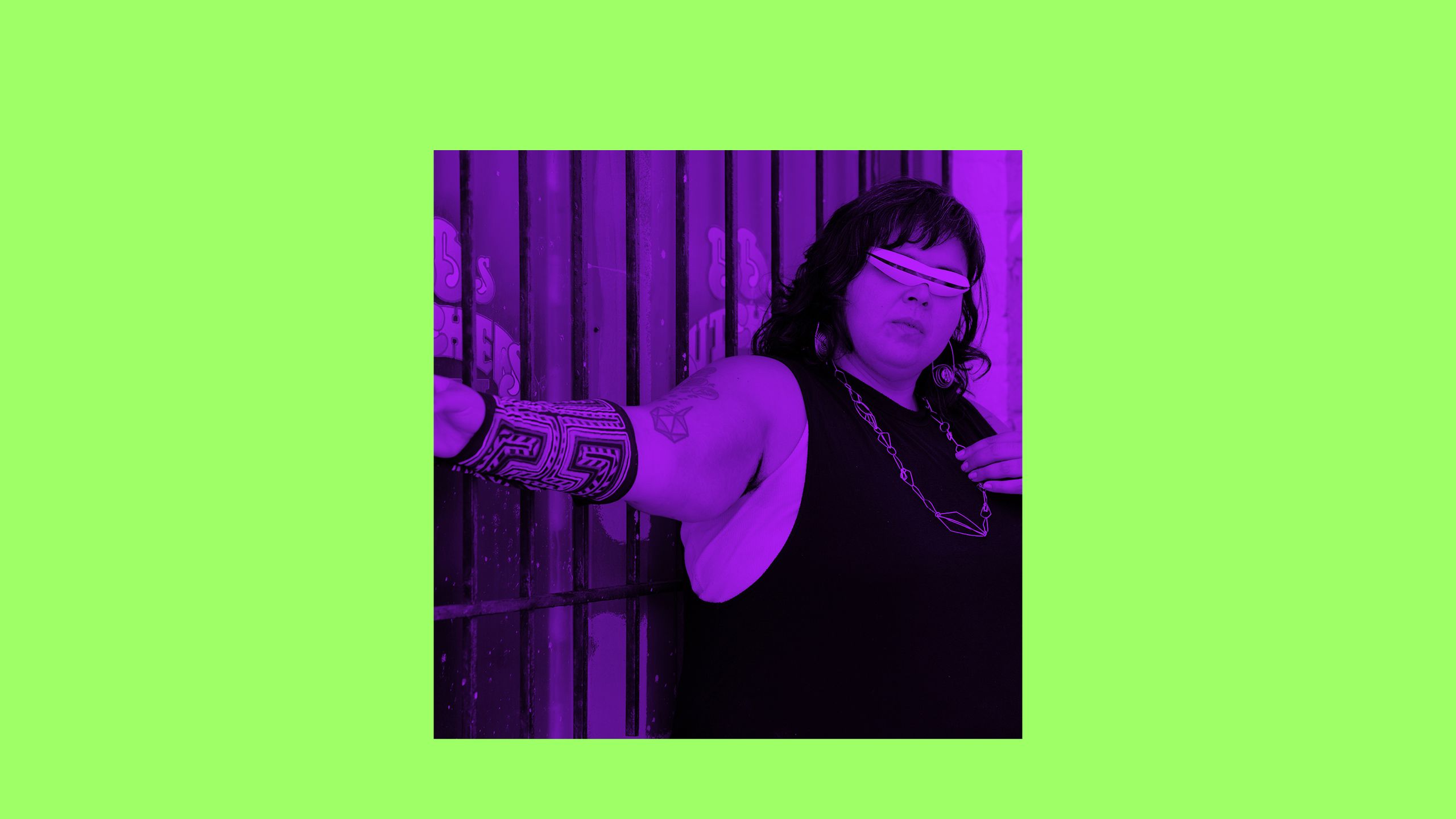
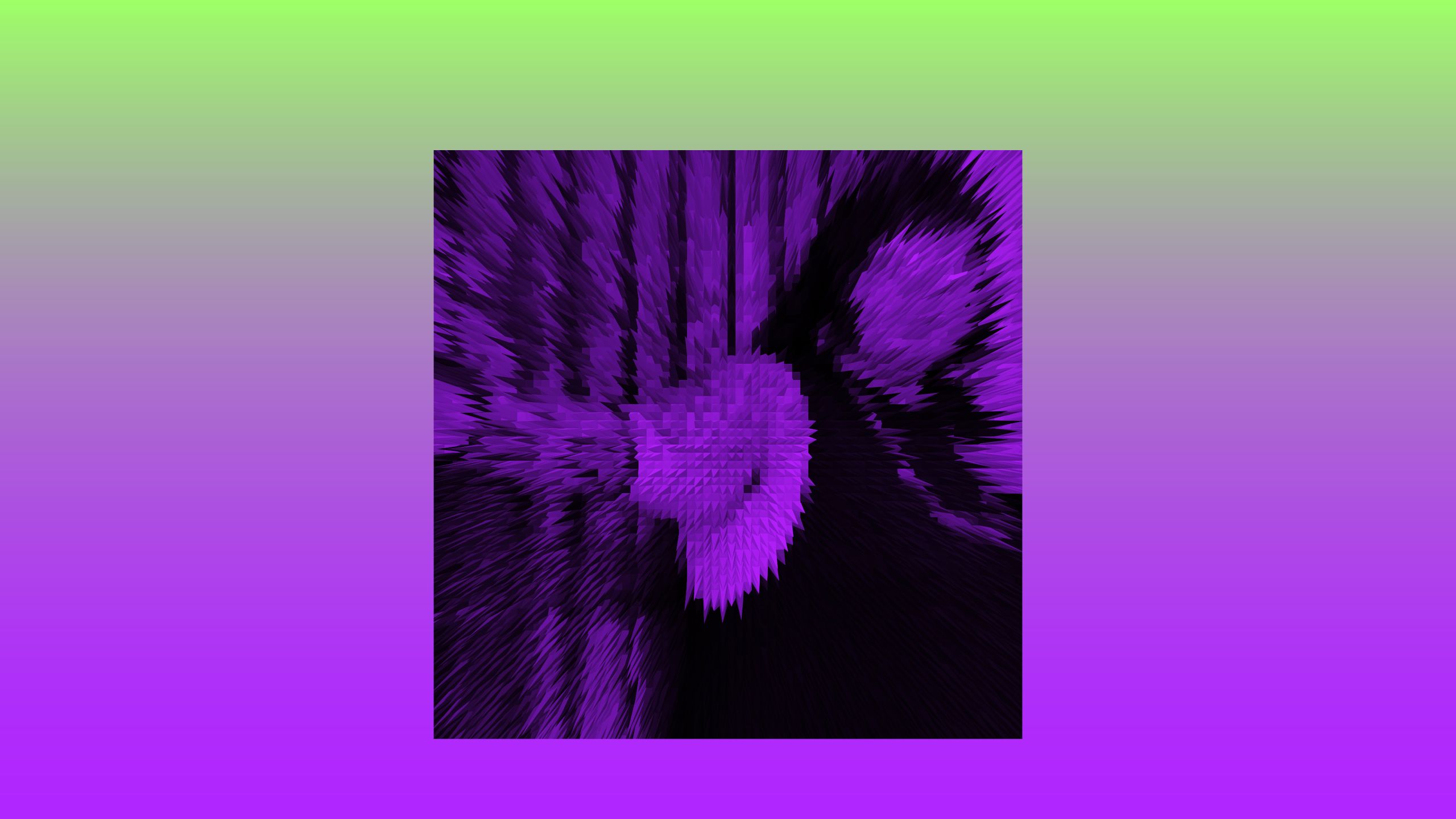
Education through Agency
Mother Cyborg (MFA 2006)
Performer and Educator
When I think about the future, I think about multiverses. There are traditional ways in which things have shifted in the art world, and we could use that as information to predict what the future brings, but what's so exciting about the concept of the future is that it is unknown and that it is multiple. My own work focuses on building agency to be able to shape that future. That requires knowledge, ethics, and vision. I would hope that in the next 10 years, art brings an opportunity for people to envision a different type of being in relation to one another, because the past 10 years have shown us how we are separate. When things become polarized, that’s an entry point for art to break open what’s closed off.
The future of education, alongside the rapid development of technology, will likely be rooted in agency. The banking models of shoving information down people’s throats, I hope, will be seen as draconian. Decentralized technology has already permeated education (people use YouTube like a university these days), and I can imagine that intensifying. We will need new skills: self-determination, creativity, and ambition. The role of the classroom, as we saw with the pandemic, will therefore become a social space where relationships can emerge. I believe it is in those relationships where we find who we can be in the world.
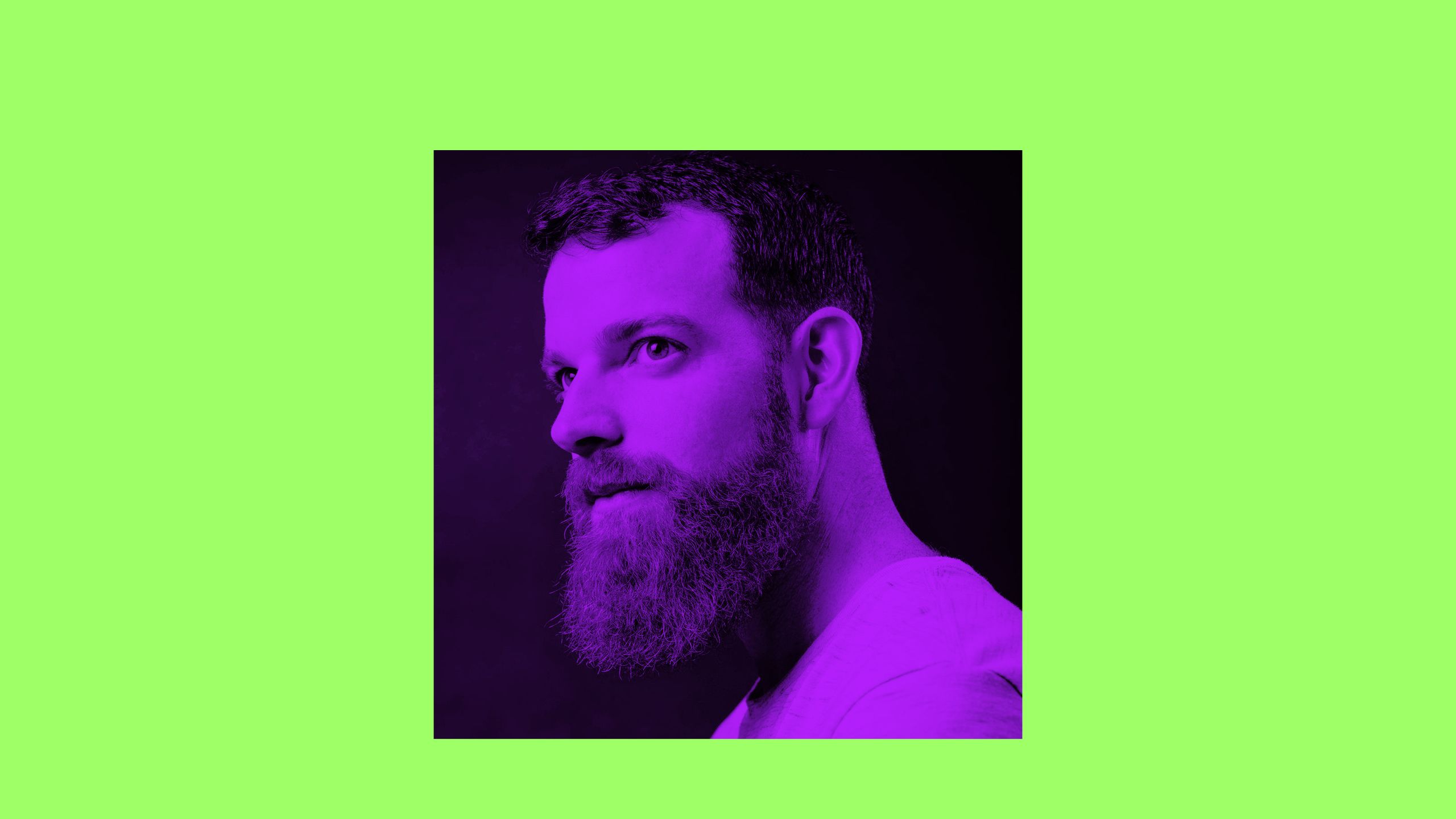
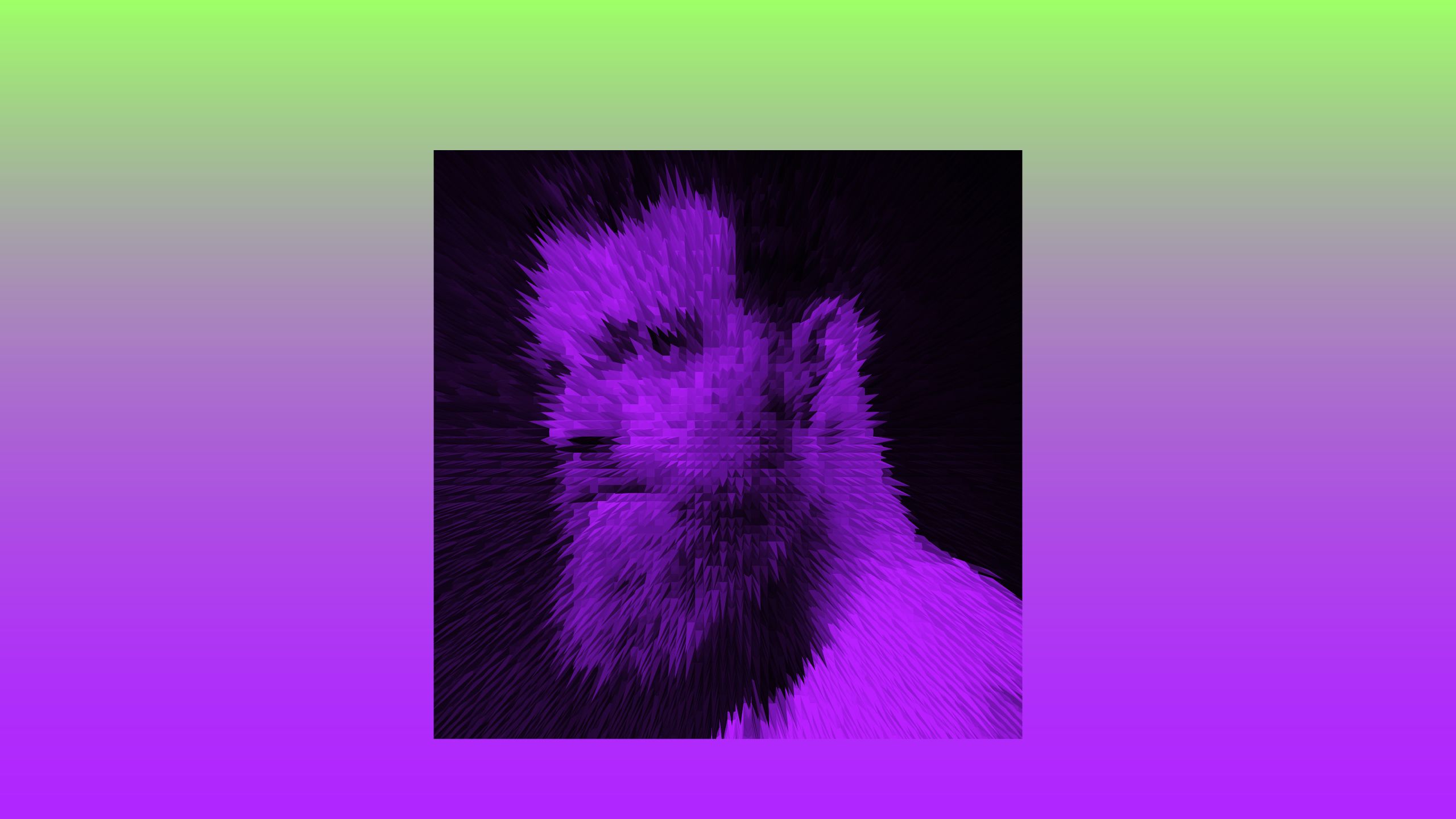
Accessible Digital Spaces
Ziv Ze’ev Cohen (MFA 2018)
Lecturer, China Academy of Art
At its core, technology as an art medium creates an ongoing conversation about the positive and negative effects of technology on all of us, as individuals and as a society. In the next decade, I think multilayer reality in the shape of virtual reality and augmented reality will raise more questions for artists, simply because it will be more in everyday use. These days, it’s still hard to see multilayer reality’s side effects on our society; conversations are still largely positive as we are just starting to immerse ourselves in this technology.
In the past year, a huge shift was catalyzed by COVID-19; established leading institutes, galleries, and museums moved into the virtual world. I think that art in the virtual world, like digital art as a medium, will take its place in the forefront. You can already see the market changing with the NFT boom. This transition opens a completely new world in terms of space, audience, prestige, and value, making it much more accessible for the public, with space for new artists to rise.
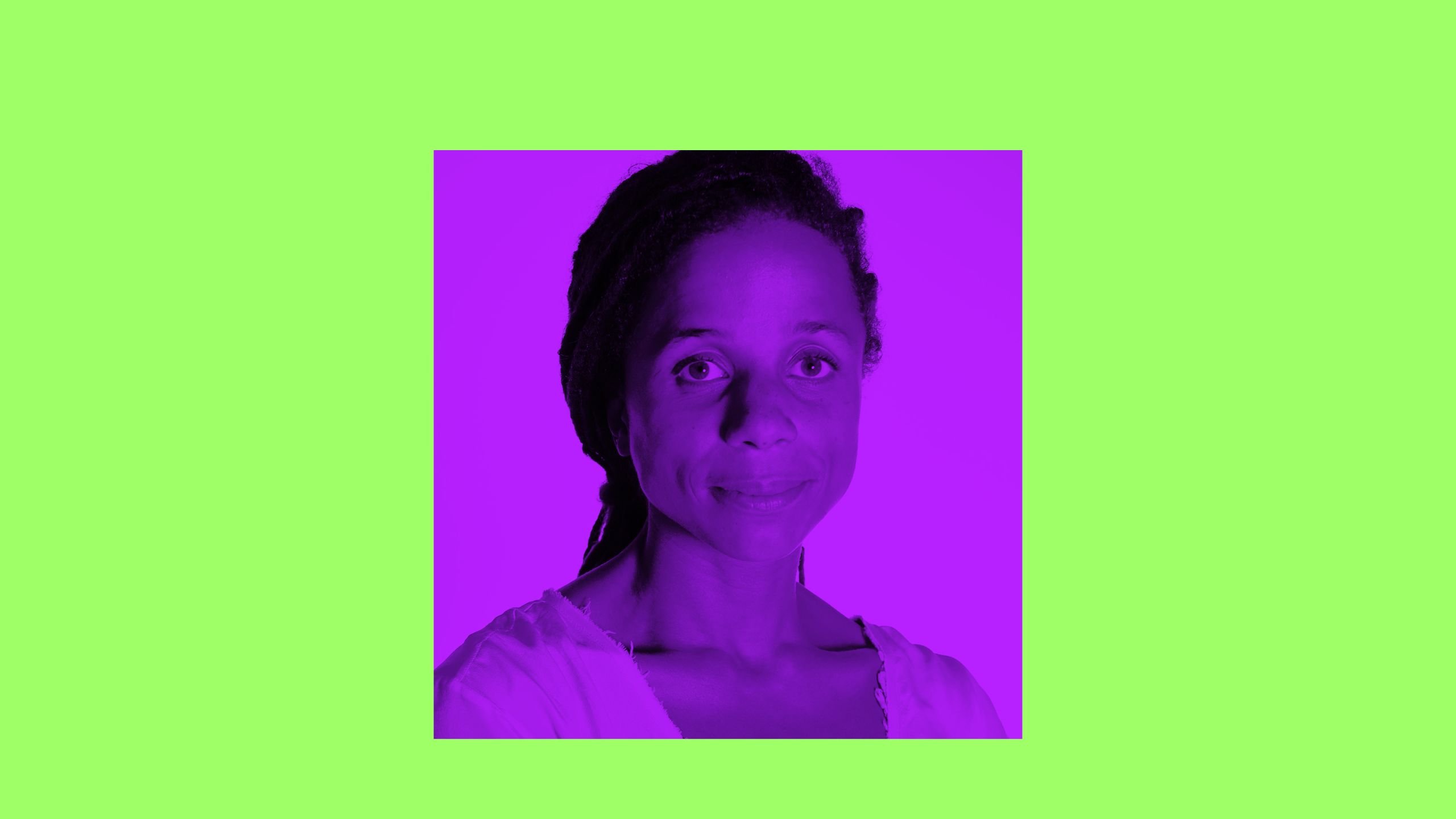
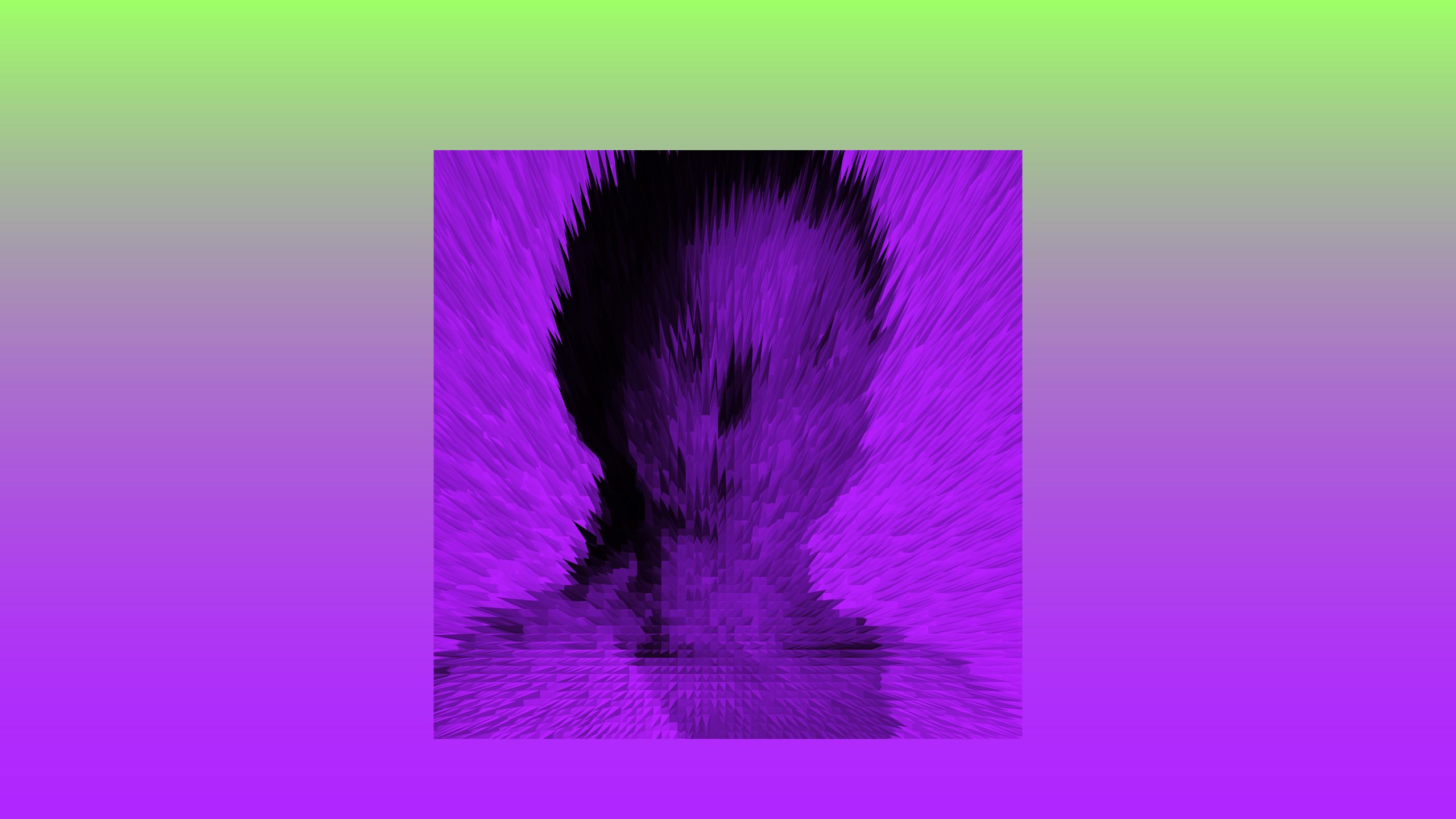
A Collective Future
jina valentine
Associate Professor, Printmedia
The future of art is multivocal. Definitions are determined collectively; answers to broad questions like “What is the future of art?” are determined by the next generation, not a specific person but many people collaborating and negotiating with each other to determine these things. The future of art is queer. It is inclusive. It is nonhierarchical. It is collective. It is anticapitalist. And it involves a more holistic approach to art making, caretaking, well-being, learning, teaching, and sharing.
I think my child, who is eight, should be asked these questions. My child and their friends give me hope. My students give me hope. I remain hopeful.
The future of art also includes the voices of student and faculty activist groups, such as Dismantle SAIC, Black Futures, and SAIC Solidarity. In the future, we embrace ideas, like the opportunity to retire monuments and rename buildings. At SAIC we discuss renaming the building known as the Columbus Building as the Three Fires Building. Maybe we can’t cede the land back to the Indigenous people, but we can honor them. The future of art requires imagination. The future of art is bold enough to make these demands and expect change and expect reform, because that’s what is necessary. How do we think creatively to try to make the institution a better place? It’s slow, and it’s loud, and it’s messy. I think we would do better as adults, as faculty, as staff, to listen to students’ ideas and try to actualize them.
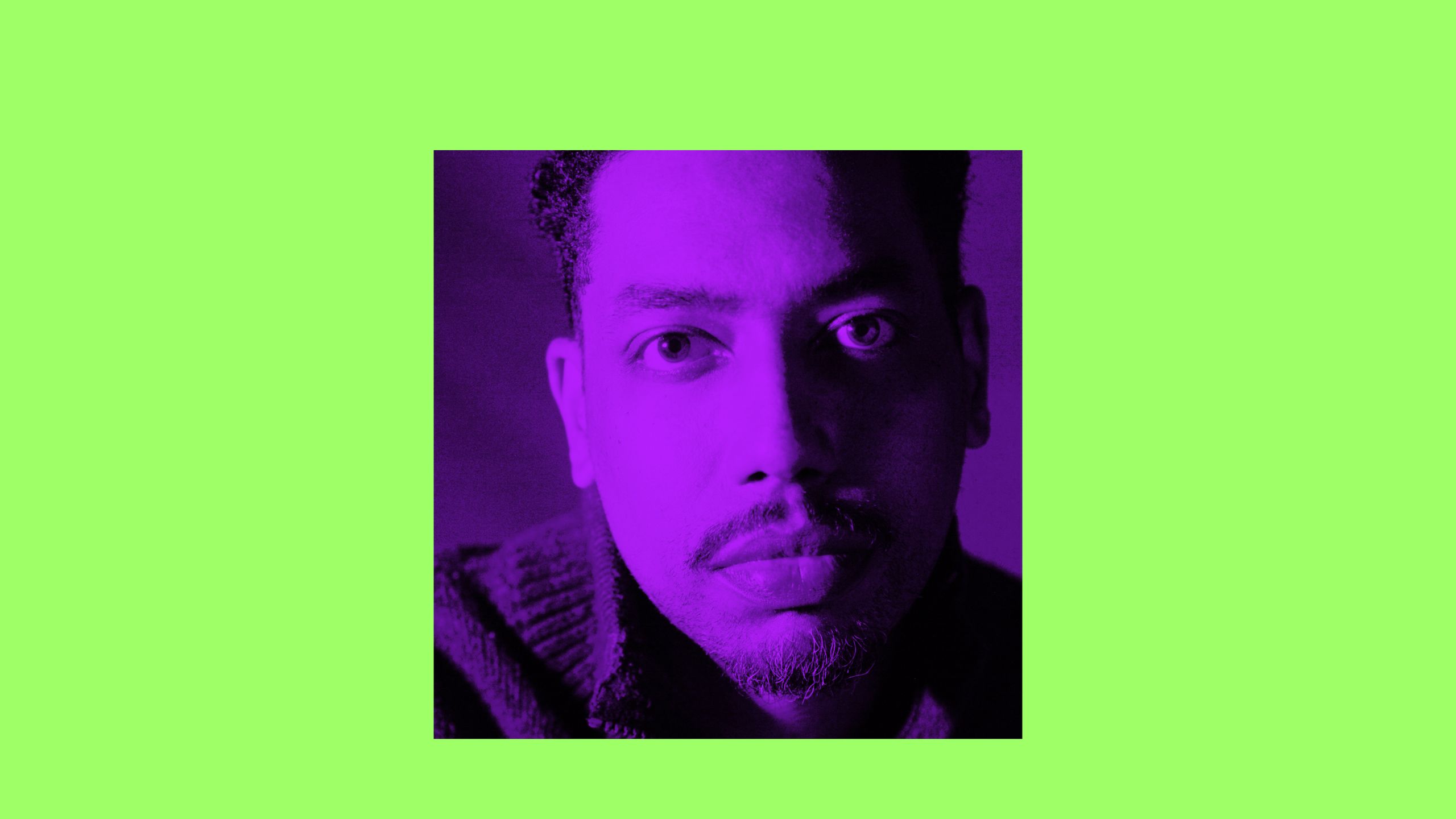
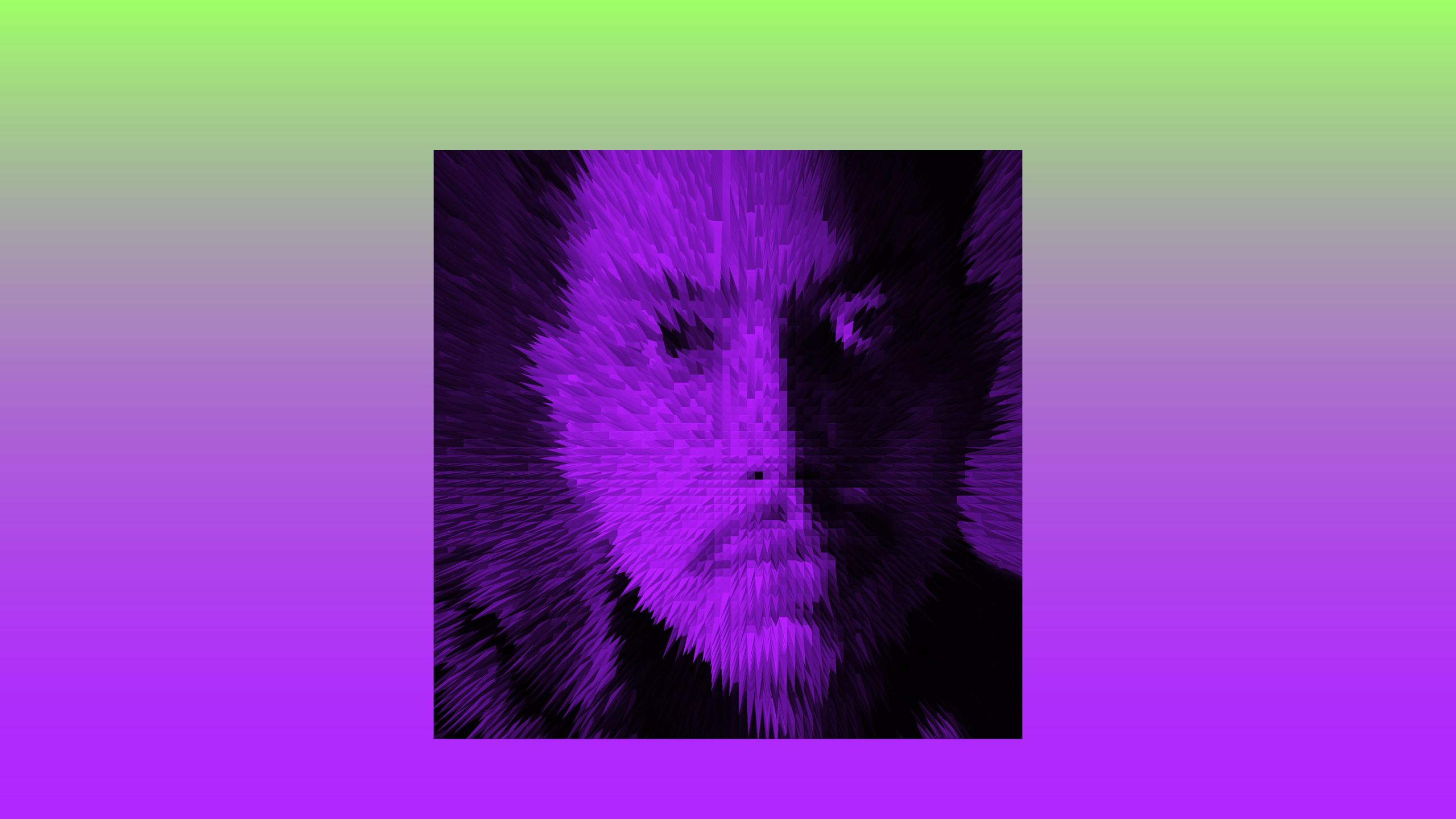
Immersive Cinema
Jason Boulware (MFA 2016)
Filmmaker
Artists have historically accepted the challenge of new ways of making, and this is true now more than ever in the face of a historic pandemic. Every “new” medium comes as a dare. I think part of practice and creativity is taking on that dare as a challenge and using the current culture and chaos to build something authentic.
As virtual reality expands, a merger between the digital and organic with a goal of that merger to be seamless, if not completely undetectable or indistinguishable, seems to be the direction. Instagram and the next platform (and the next) will always play a role in connecting ideas. I hope that the improvements made to these platforms will create a more authentic connection. Film may as well adopt a more immersive direction. No longer are viewers bound to the view through the lens, but rather they control their own vantage—or even the direction of the scene.
This is all still a part of the human experience, and as humans, we long for connection—connection that is both beyond the digital and beyond what we experience with the limitations of our own senses. A physical connection could be a long way off, but what is exchanged and shared now is art—and future art and film making will continue to challenge the frames that confine them.
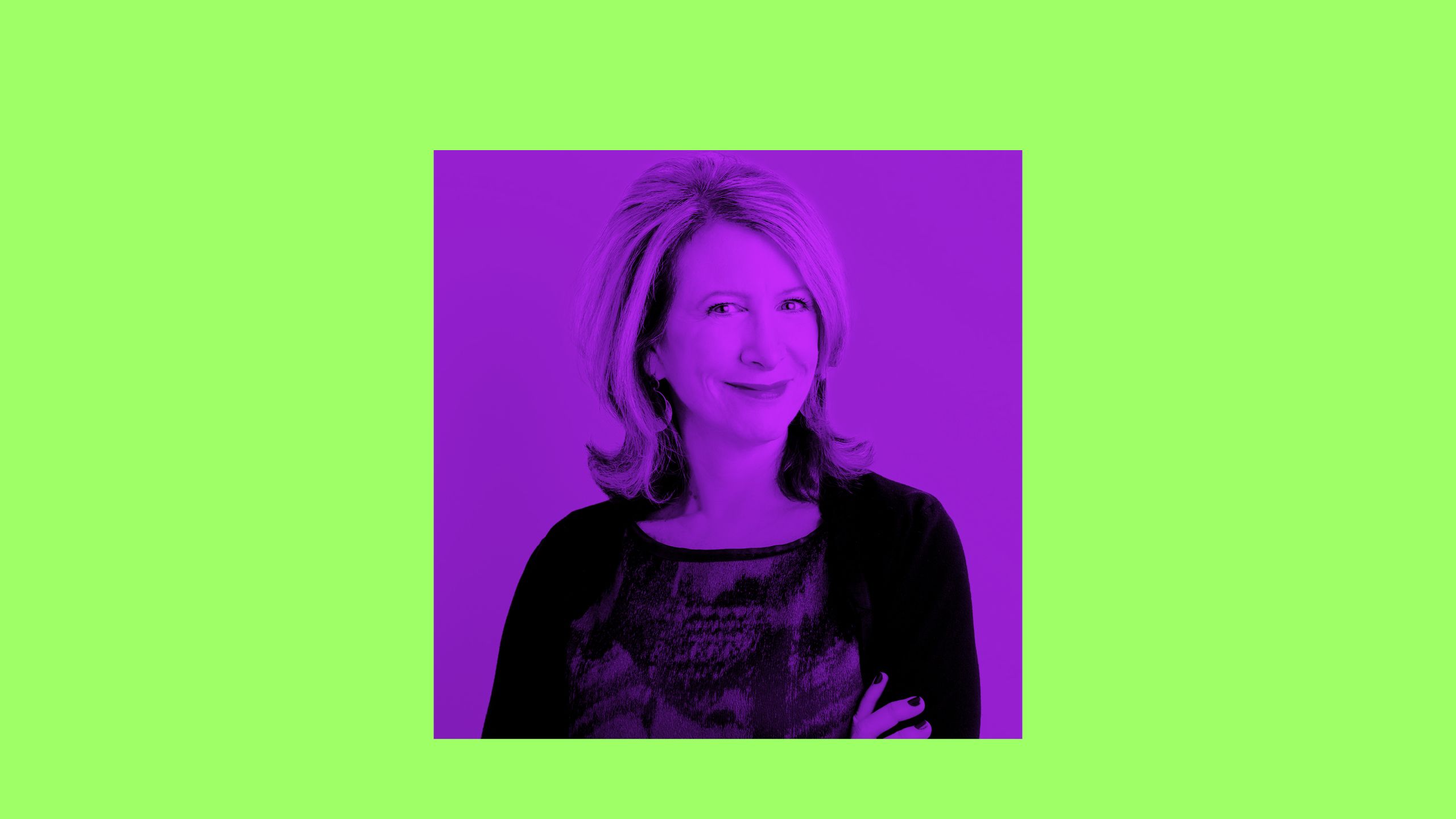
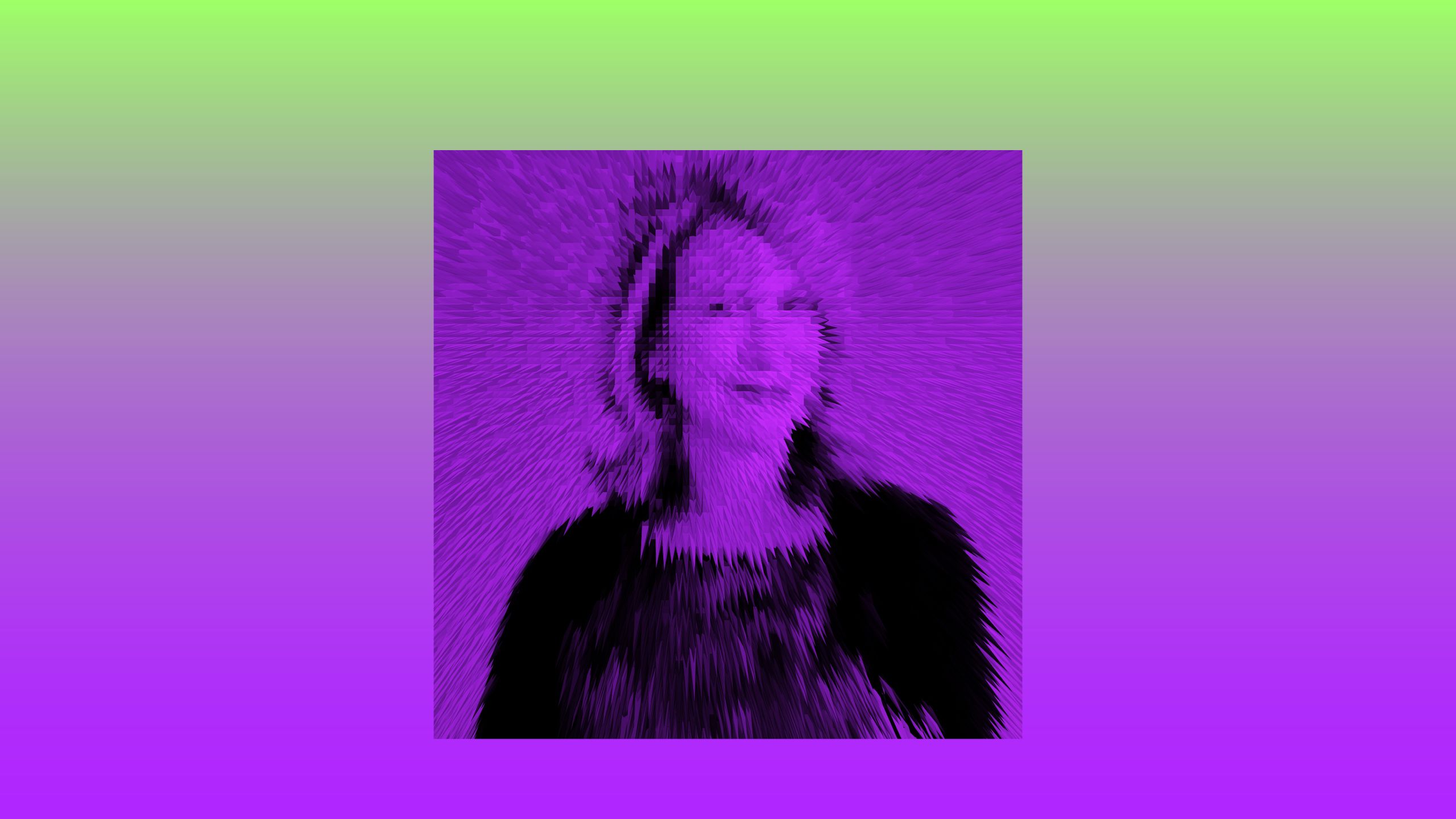
While there will certainly be innovations in terms of technological changes within the arts and in the dissemination of visual culture via the internet, a prediction of the future of art and design might do well to look backwards. Humans painted on cave walls 35,000 years ago, and my prediction is that they will still be painting in the 35,000 years to come.
Like the power of music that has endured from beating on drums to Philip Glass, expressive media is essential to the human experience. Humans have always felt compelled to turn to visual forms and reckon with their historical moment: the sociopolitical dimensions and their personal stakes or fears and desires. And beauty and aesthetics, a kind of heightening of sensorial consciousness, will always be valued in both good times and bad. The arts will be reshaped by advancements in new materials, but their basic raison d’être will not change dramatically.
Social practice, once called community-based practice, will continue to grow. As will institutional critiques, which seek to unpack the power structures behind various art systems. And inclusivity is finally making strides in the marketplace, which means more artists of color and women will garner the reputations that their white, male counterparts have enjoyed for years. Art will continue to do what it’s always done, but more will participate. Plus ça change, plus c’est la même chose. ■
All images courtesy of the artists.
